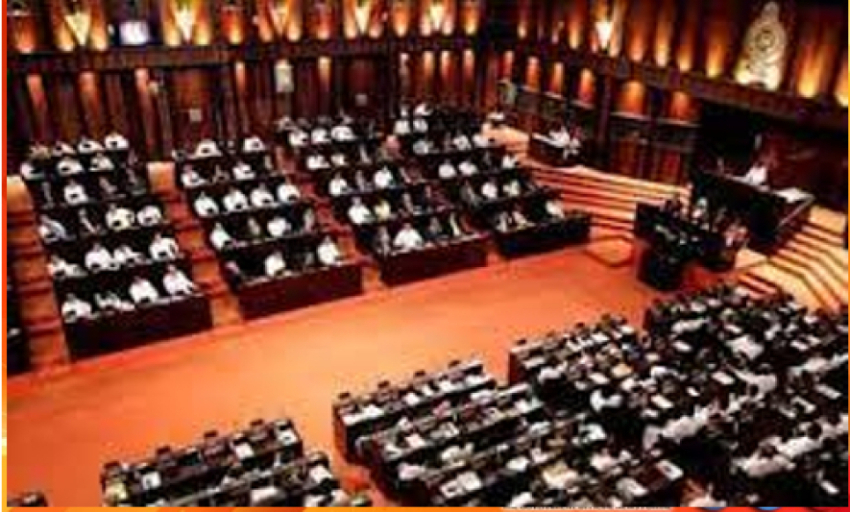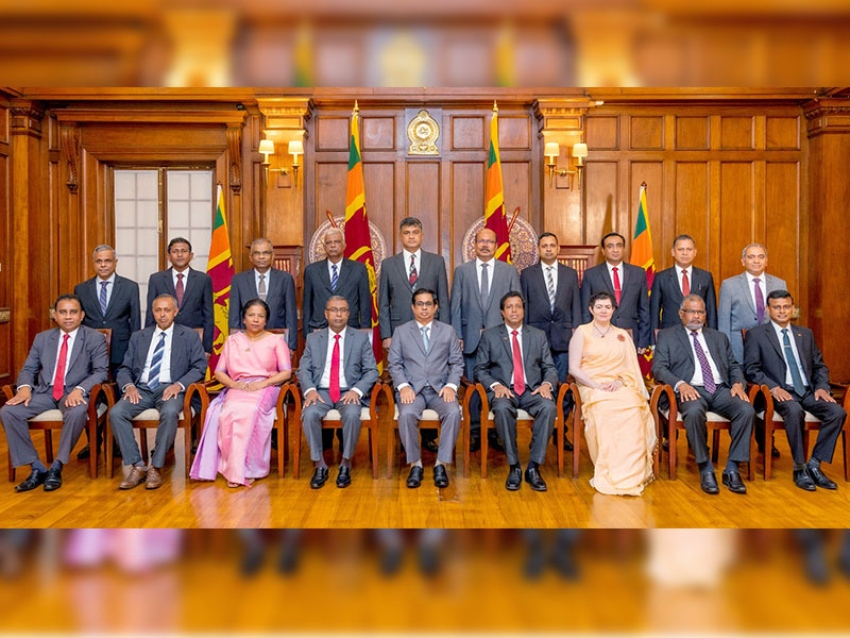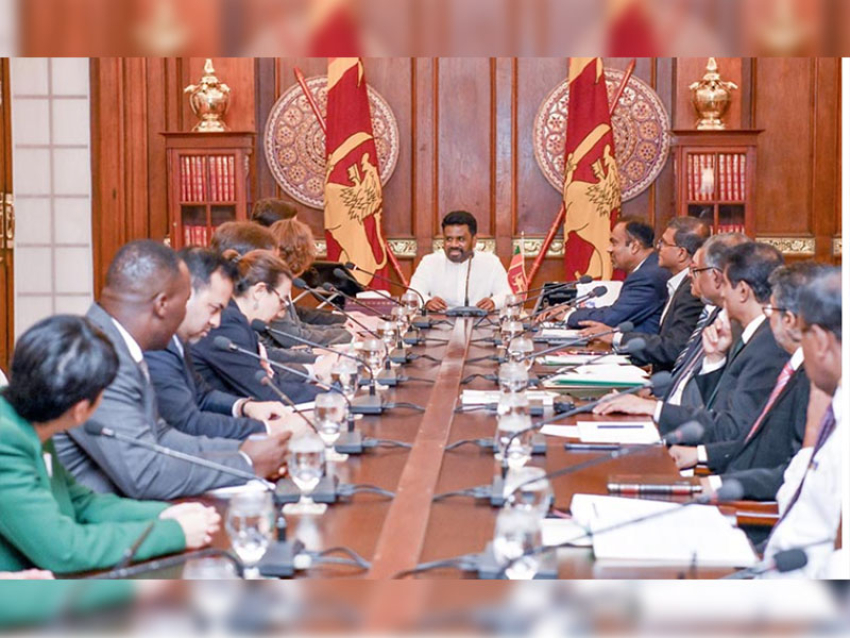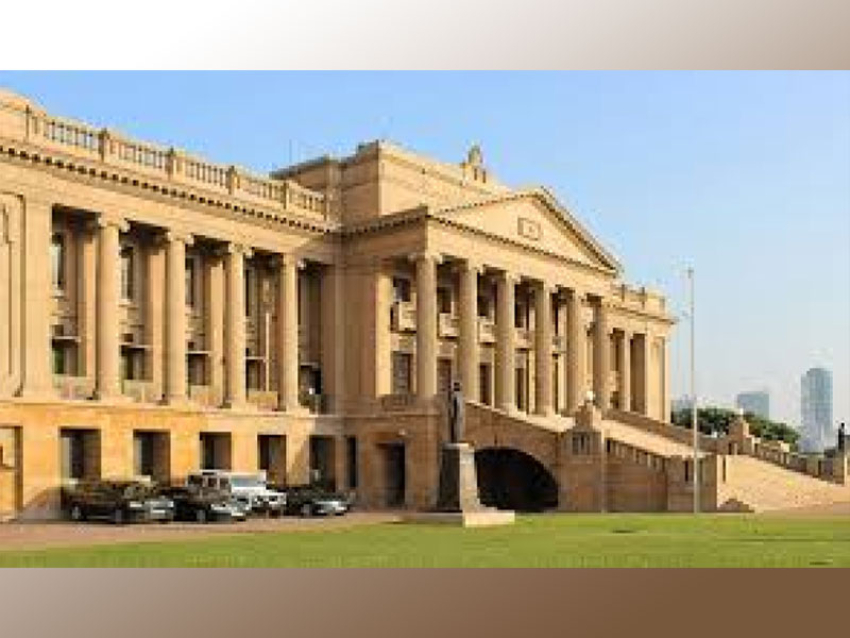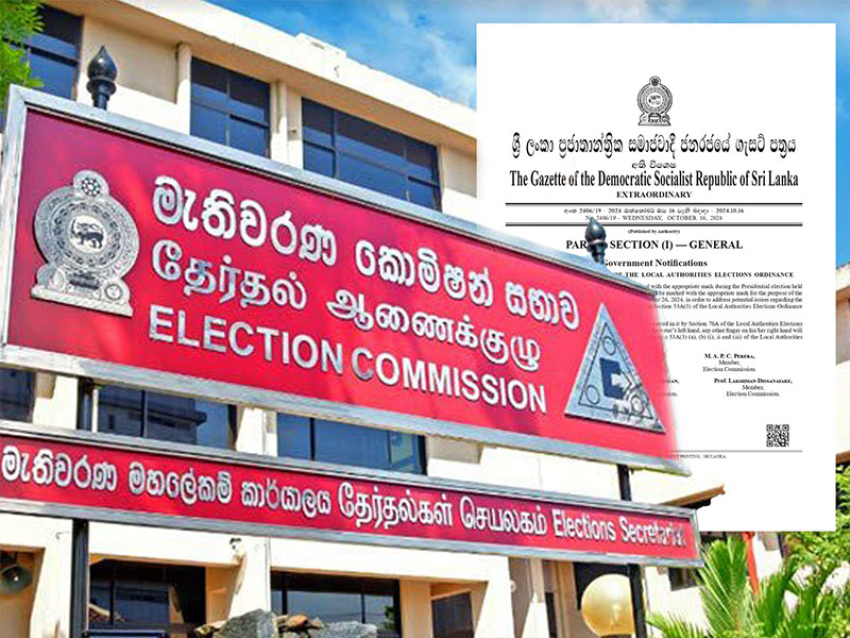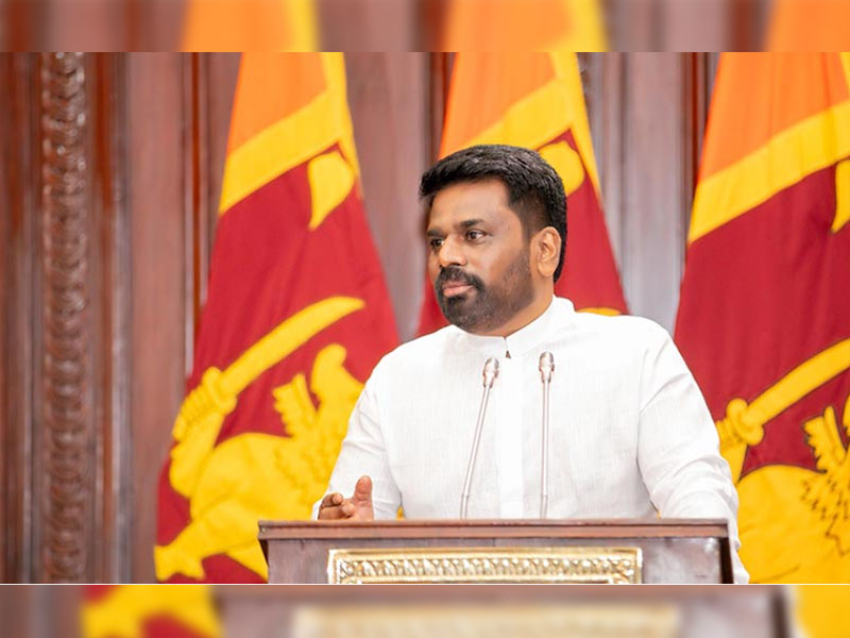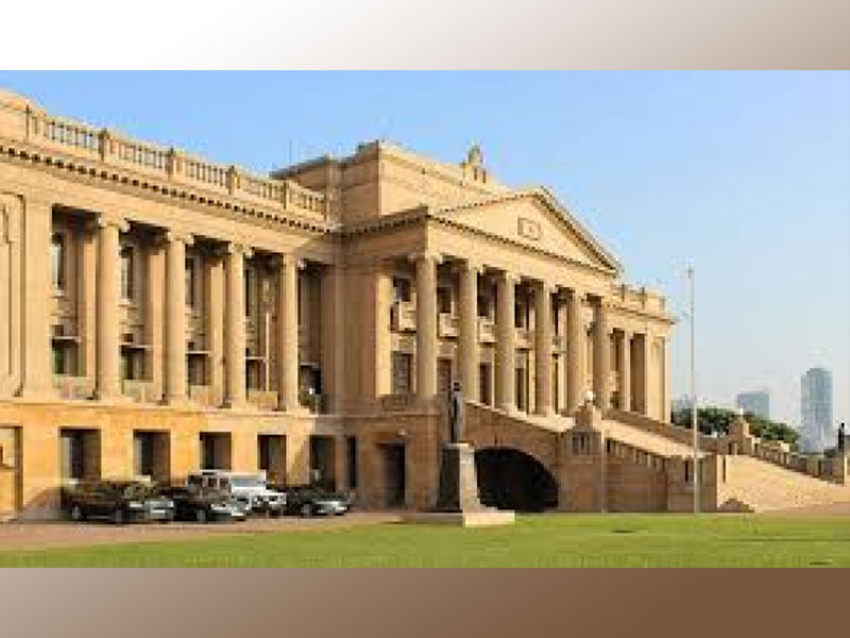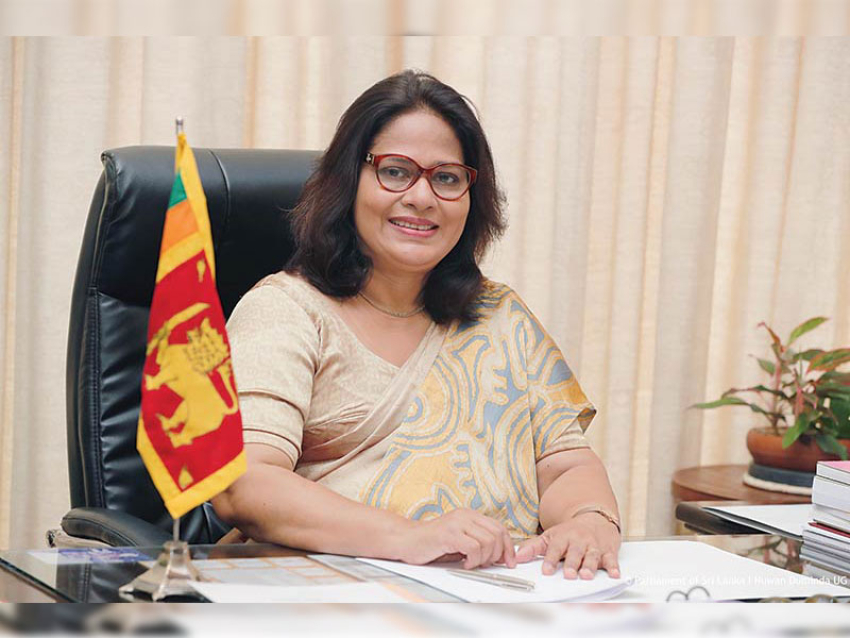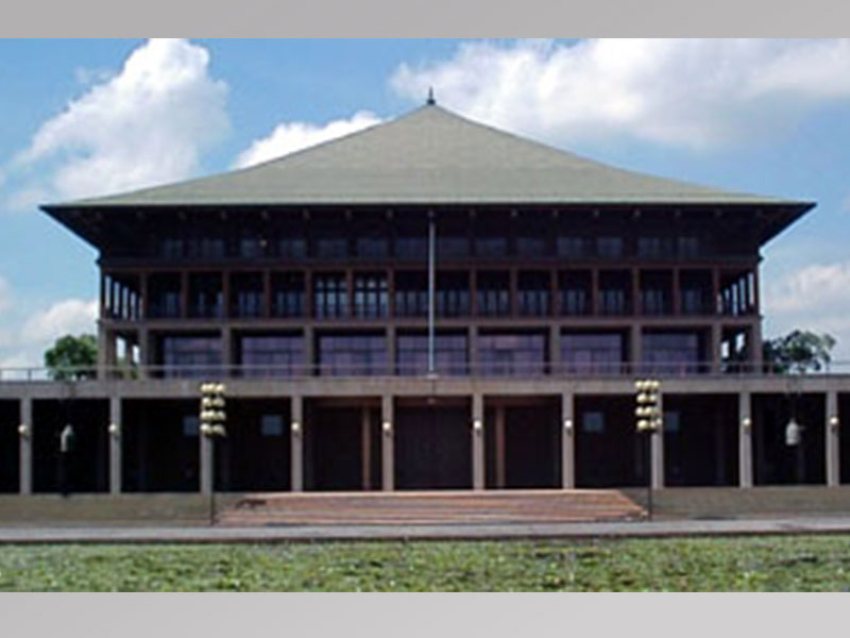“The direction to provide the connection for rooftop solar plants to the national grid in an efficient manner within a time fame will encourage people to move for solar power,” Damitha Kumarasinghe, Director General of PUCSL said.
Sri Lanka aims to add 200 MW of solar electricity to the national grid by 2020 and 1000 MW by the year 2025.
Accordingly, the PUCSL advised the distribution licensees (CEB & LECO) to expedite grid connection process of domestic rooftop solar plants within a time frame of two weeks. PUCSL asked CEB and LECO to ensure completion of the grid connection and signing the Net metering, Net accounting or Net Plus agreements.
“Among the non- conventional renewable energy (NCRE) sources, Rooftop solar PV considered as one of the fastest technologies to install and integrate into the grid. Government’s “Soorya Bala Sangramaya” (energy battle) programme is one strategy to support future energy requirement and so far Sri Lanka has added about 42 megawatts of capacity to the national grid through domestic rooftop solar plants by the end of 2016.” Kumarasinghe added.
Sri Lanka has 7,904 domestic rooftop solar plants that are installed and connected to the national grid, data up to Novemeber 2016 which includes 256 rooftop solar plantsin Southern province, 4806 plantsin Western province, 184 plantsin Central province, 105 plantsin Sabaragamuwa province, 249 plantsin North Western province, 98 plantsin North Central, 1707 plantsin Northen province, 32 plantsin Uva province and 73 solar plantsin Eastern province.
The total domestic rooftop solar plants before the Soorya Bala Sangramaya (the energy battle for solar) stood at 6485 and increased to 7905 by end November 2016. 1420 domestic rooftop solar plants were added through Soorya Bala Sangramaya by end November 2016.
Generation of electricity through renewable energy sources has become a major concern forgovernment as well as private sector investors.
The Government policy is to increase the existing 50 percent of theelectricity generation based on the renewable energy sources to 60 percent by the year 2020 and to increase it further up to 70 percent by the year 2030 and to generate the total energy requirementthrough renewable and other indigenous energy resources by 2050.



